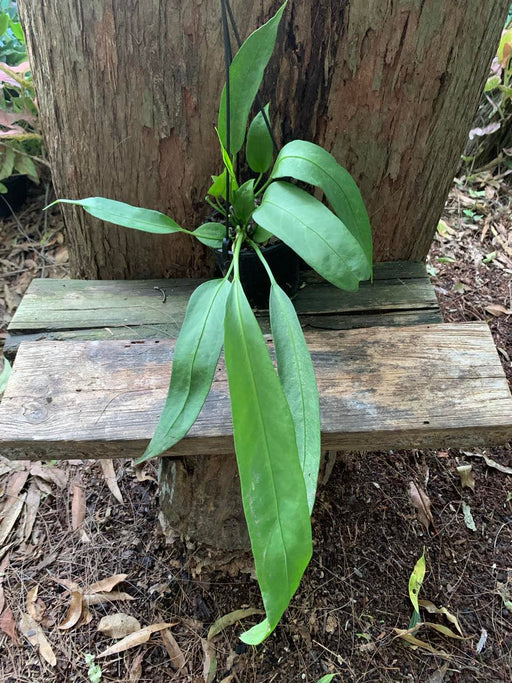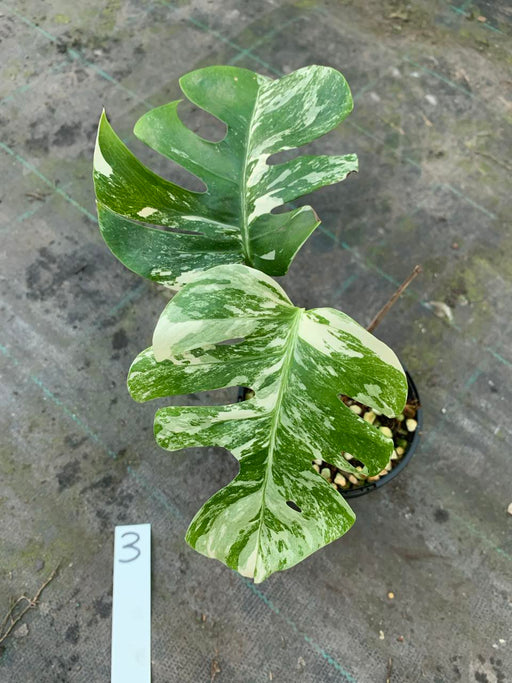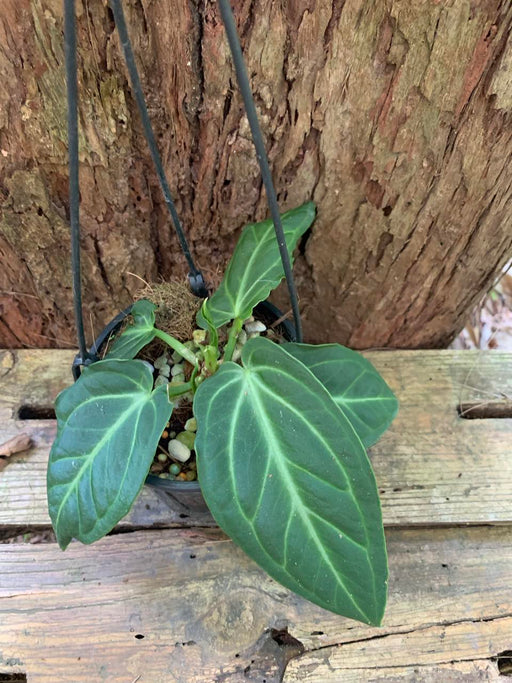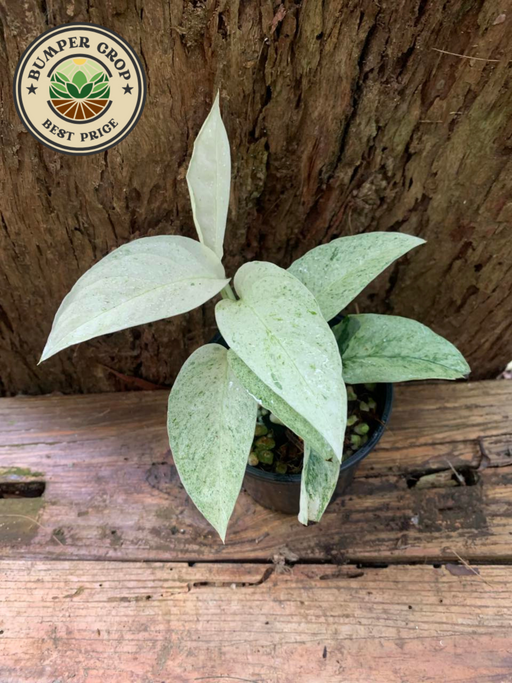What are the best indoor plants for beginners?
The best indoor plants for beginners are those that are easy to care for and require minimal attention. Some of the top choices include the snake plant, pothos, peace lily, ZZ plant, and spider plant. These plants can tolerate a range of lighting conditions and are generally forgiving if you forget to water them occasionally. They also have air-purifying properties, making them a great addition to any home or office.
What are the benefits of indoor plants?
Indoor plants are not just pretty decorations for your home or office; they also have several benefits for your health and well-being. For instance, they purify the air by absorbing toxins and pollutants and releasing oxygen. They can also help reduce stress and improve your mood by providing a calming and relaxing atmosphere. Indoor plants are also known to increase productivity, concentration, and creativity. Additionally, some plants can humidify the air, which can prevent dry skin, sore throats, and other respiratory problems. Overall, adding indoor plants to your space can improve your physical and mental health and make your surroundings more pleasant.
What are some indoor plants that tolerate low light conditions?
There are several indoor plants that can thrive in low light conditions, making them perfect as houseplants or office plants. Some examples of indoor plants that can tolerate low light include snake plants, ZZ plants, pothos, peace lilies, Chinese evergreens, and dracaenas. These plants can still grow and stay healthy even in areas with minimal natural light, which makes them an ideal choice for spaces that receive limited sunlight. Keep in mind that while these plants can survive in low light conditions, they will still require some amount of light to grow properly.
How often should I water my indoor plants?
The frequency of watering indoor plants depends on various factors, such as the plant species, size, and environmental conditions. As a general rule, most indoor plants require watering once a week, but it's important to check the soil's moisture level before watering. Stick your finger about an inch into the soil, and if it feels dry, it's time to water. However, some plants, like succulents, require less frequent watering, while others, like ferns, require more frequent watering. It's important not to overwater or underwater plants, as both can cause damage to the plant's health.
What is the best type of soil for indoor plants?
The best type of soil for indoor plants is a well-draining soil mix that allows water to flow through easily while also retaining enough moisture for the plants to thrive. A common mix includes peat moss, perlite, and vermiculite or sand to create a light and airy texture. It's important to avoid using garden soil or heavy soils that can suffocate the roots and lead to root rot.
How do I know if my indoor plant needs more or less sunlight?
One way to determine if an indoor plant needs more or less sunlight is to observe its leaves. If the leaves are pale or yellow, it may be an indication that the plant is receiving too little light. On the other hand, if the leaves are scorched or brown, it may be getting too much direct sunlight. Checking the specific light requirements of the plant can also be helpful, as different species have different needs. In general, it's best to place plants near a bright window with filtered light or use artificial lighting if natural light is not available.
What are some common indoor plant problems, and how do I fix them?
Some common indoor plant problems include overwatering, underwatering, pests, and diseases. Overwatering can cause root rot, while underwatering can cause wilting and stunted growth. Pests such as spider mites, mealybugs, and scale can infest indoor plants, leading to damage and sometimes death. Diseases such as powdery mildew and leaf spot can also affect indoor plants. To fix these problems, it's important to identify the issue early and take action accordingly. This may include adjusting watering habits, applying insecticides or fungicides, and removing damaged leaves or parts of the plant.
Please see the range of chemicals available from Grower Prescription.
How do I fertilise my indoor plants?
Fertilising indoor plants is important to ensure they receive the necessary nutrients for healthy growth. The frequency of fertilisation depends on the type of plant and the specific fertiliser being used. A general rule of thumb is to fertilise once a month during the growing season (spring and summer) and to avoid fertilising during the dormant season (fall and winter). It's essential to follow the instructions on the fertiliser packaging and not to over-fertilise, which can lead to burning and damaging the plant's roots. Always water the plant thoroughly before applying fertiliser to prevent chemical burns.







